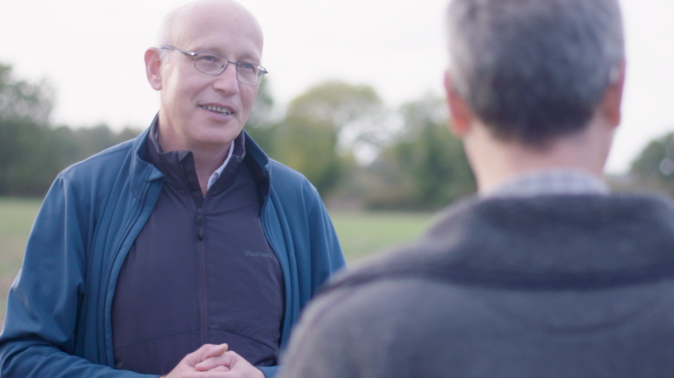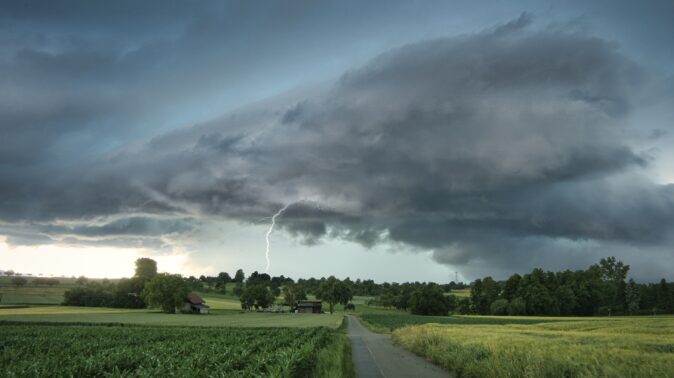Viticulture Through the Ages
Although wine has been drunk in the UK since the Iron Age, it was the Romans that first introduced winemaking to the UK, with some evidence suggesting vineyards were planted in the UK during their time here. Viticulture saw an upturn in popularity during the Norman conquest, partly due to the Medieval Warm Period, but also due to nobles and prominent landowners wanting their own wine [1].
A few hundred years later however, as the climate began to worsen (towards the Little Ice Age) and the monarchy (Henry II) gained Aquitaine through marriage, better wine was found elsewhere and vineyards dwindled. By the 18th Century, only a few estates across southern England had vineyards, albeit very small and experimental in scale [1].
This all changed during the 1900s due to climate change and globalisation. As global temperatures rose and warmth spread into higher latitudes, more of the UK became suitable for different grape varieties. Compounding this with the increased ease of importing and exporting goods, viticulture in the UK became more economically viable than ever. Both of these drivers still continue to push vineyard growth throughout the UK. In fact, hectarage has doubled since 2016, showing the fast rate at which the UK viticulture sector is growing, and as of 2024, there are now 1,097 vineyards, totalling 4,491 hectares. To help show this rapid growth, the video below shows how many new commercial vineyards were planted from 1955 onwards in the UK and Ireland (226 vineyards do not have a date of first planted, and so these were left off to avoid cluttering the map) [2].
The two main varieties grown in the UK are Chardonnay and Pinot Noir, but other less known varieties are also very common, including Pinot Gris, Meunier and Bacchus. While the main production of wines from the UK are of the sparkling variety, still wines comprise around a third of the total. Both types of wine have been gathering recognition and acclaim on the global stage, to the point that high profile Champagne producers (e.g. Taittinger) have been buying real estate in southern England [3], thus proving the UK’s position in the world of viticulture and the exciting prospects it holds for the future!
This growth of UK vineyards is not without risk however. During the bud burst season of March – May, vineyards (and specifically the buds on the vine that have burst) are at risk of the effects from frost, despite our changing and warming climate. These frosts can severely damage the crop and cripple yields, and for this year’s vintage, the clear and settled weather we have been experiencing has been producing frosts across the country. To help vineyards mitigate this frost risk, WeatherQuest are leading on a project which has secured over £300,000 in funding from both Innovate UK and the Department of Food and Rural Affairs (Defra).
Working alongside, UK Agri-Tech Centre, Plumpton College, Vinescapes, Vinewatch and WineGB, the project is called ‘Smarter Forecasting, Communication and Management of Frost Risk in Vineyards’. By creating accurate, real-time, hyper-localised, site-specific, and variety-specific frost risk forecasts, it will enable vineyards managers to make more confident, informed and targeted decisions when it comes to frost mitigation, with the added benefit of sustainability in mind. The project will therefore aid the rapidly growing sector of domestic viticulture in the UK and their resistance to frosts.
- Stanlake Park Wine Estate, 2024 – https://stanlakepark.com/history-of-english-wine/
- Stephen Skelton, 2024 – https://englishwine.com/vineyard-database/
- Lizzie Enfield, 2024 – https://www.bbc.co.uk/travel/article/20240918-the-english-wine-thats-rivalling-champagne
To find out more about our services for


